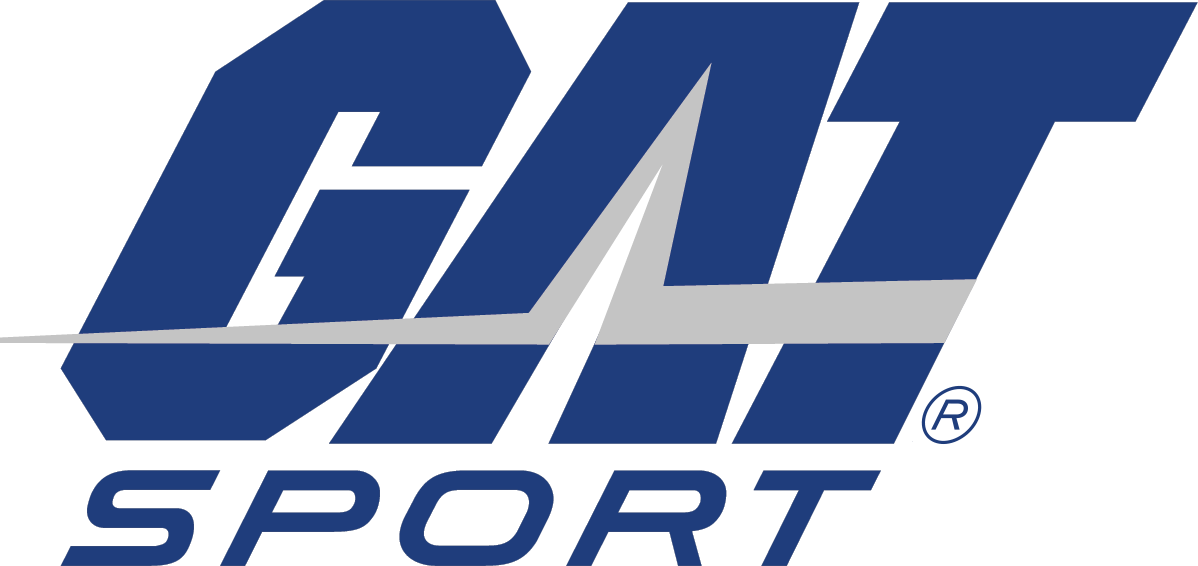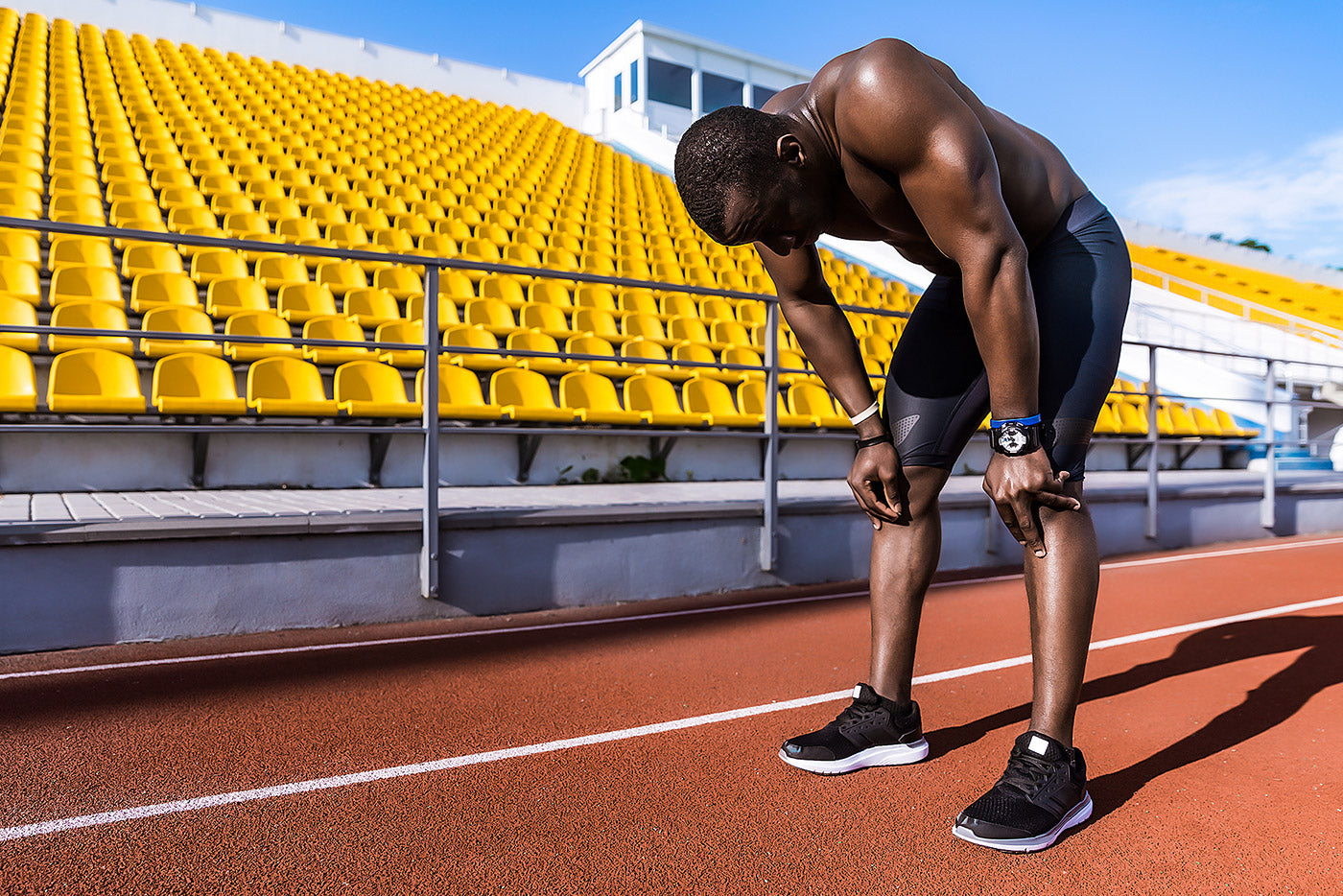Heat doesn't just dehydrate you: it bankrupts your cellular energy accounts. While Paris 2024 Olympic athletes had teams of scientists managing their heat protocols, here's how everyday athletes can access elite-level energy optimization.
Picture this: you're midway through a brutal summer training session, the kind where the sun feels like it's personally invested in your failure. Your muscles scream for mercy, your pace drops like a bad stock tip, and suddenly that PR you're chasing seems as distant as a cool breeze in the Sahara. If this sounds familiar, you're not alone. You're experiencing the cellular energy crisis that turns promising workouts into survival tests.
Traditional fixes like chugging water or popping electrolytes help, but they barely scratch the surface when heat stress starts sabotaging your body's power plants at the molecular level. Most athletes, unlike those Paris Olympians with their high-tech support squads, lack the tools to combat this invisible thief stealing their performance edge.
The Problem Goes Deeper Than Thirst
When you train in hot environments, your body faces a perfect storm of physiological demands. Elevated core temperature accelerates metabolic processes, forcing your cells to burn through energy stores faster than a viral TikTok trend. This leads to rapid ATP depletion, the currency of cellular energy that powers every muscle contraction, from sprint finishes to endurance grinds.
Without adequate ATP, fatigue sets in early, your muscles weaken, and recovery becomes a distant dream. Studies show that exercising in heat can impair endurance capacity by up to 15-20%, with athletes losing not just fluids but critical energy substrates that traditional hydration alone can't replenish (1). Add in the fact that most of us don't have access to Olympic-level resources—think personalized heat acclimation protocols or advanced monitoring gear—and you're left fighting an uphill battle.
Biohackers like Andrew Huberman often preach about optimizing mitochondrial function, but in summer heat, even the best intentions crash against reality. Without targeted strategies, your training adaptations stall, hormone levels dip, and that "soft life" balance between work and workouts turns into constant exhaustion.

The Science Behind the Struggle
Let's dive into the science, because understanding the mechanics here is like decoding the matrix of your own body—it empowers you to hack the system rather than suffer through it.
At the cellular level, energy production revolves around ATP, generated through aerobic (oxygen-dependent) and anaerobic (quick-burst) pathways. In temperate conditions, your mitochondria—the powerhouses of cells—efficiently churn out ATP from glucose, fats, and proteins, matching supply to the demands of exercise. But crank up the heat, and everything shifts into overdrive.
Core body temperature rises, spiking metabolic rate and accelerating ATP turnover. Research from as early as 1991 demonstrated that heat stress during exercise depletes muscle ATP and phosphocreatine stores more rapidly, leading to higher lactate accumulation and premature fatigue (2). This isn't just theory: a 2003 study on human skeletal muscle during dynamic exercise in hot environments found that ATP resynthesis efficiency drops, with heat production outpacing energy utilization, resulting in net energy deficits (3).
Why does this happen? Heat amplifies thermoregulatory strain. Your body diverts blood flow to the skin for cooling, reducing oxygen delivery to working muscles and hampering aerobic ATP production. Simultaneously, anaerobic pathways kick in harder to compensate, but they burn out fast, producing more waste products like hydrogen ions that acidify muscles and impair contraction.
A meta-analysis from 2007 confirmed that hyperthermia (elevated body temp) during prolonged exercise in heat leads to greater reliance on anaerobic metabolism, exhausting glycogen stores, and slashing endurance (4).
Fast-forward to recent insights: the Paris 2024 Olympics provided real-world data on this crisis. Athletes competing in sweltering conditions where temperatures hit 35°C (95°F) faced ATP depletion exacerbated by humidity, which impairs sweat evaporation and cooling. Olympic performance science revealed that without strategic interventions, like pre-cooling or acclimation, athletes experienced up to 12% drops in power output. Teams used biomarkers like core temp monitors to track mitochondrial stress, showing how heat disrupts electron transport chains essential for ATP synthesis (5).
Even elite competitors, backed by sports physiologists, reported faster fatigue in events like marathon running or cycling, where cellular energy crises manifested as "hitting the wall" earlier than in cooler climates.
The Creatine Solution
But it's not all doom and gloom—strategic protocols can flip the script. Creatine supplementation emerges as a powerhouse here, acting like a backup generator for your cells by boosting phosphocreatine reserves, which rapidly regenerate ATP during high-intensity efforts.
Studies dating back to 2012 show that creatine enhances thermoregulation in heat, potentially reducing core temp rise and preserving energy stores (6). More recent reviews, including a 2017 position stand from the International Society of Sports Nutrition, highlight creatine's role in mitigating heat illness. Athletes supplementing with creatine experienced less cramping, dehydration, and performance decline in hot conditions, thanks to improved cellular hydration and ATP buffering (7).
For Olympic-level application, Paris 2024 protocols often included creatine loading—20g/day for 5-7 days, followed by 3-5g maintenance—to combat heat-induced ATP depletion, with teams noting better maintenance of anaerobic capacity during extended efforts.
Your Heat-Beating Protocol
Now, for the solutions. You don't need an Olympic budget to optimize your energy systems; advanced creatine cycling, paired with smart hydration and stimulation, makes elite strategies accessible.
Start with a structured creatine protocol tailored to heat stress. Begin with a loading phase: 20g/day split into four doses for 5-7 days to saturate muscle stores, then transition to 3-5g/day maintenance. This isn't one-size-fits-all; biohackers tracking metrics like HRV (heart rate variability) via wearables can adjust based on recovery data, much like Huberman's protocols for mitochondrial health.
In hot weather, time your intake: consume creatine post-workout with carbs to enhance uptake, countering heat's dehydrating effects. Research supports this: a 2021 systematic review found creatine reduces heat-related fatigue by improving ATP resynthesis efficiency, allowing athletes to maintain intensity longer (8).

The GAT Sport Energy System
Enter GAT Sport's lineup, engineered for exactly these scenarios. For your hero products, consider the differentiation between Creatine Powder and Pro Creatine.
Creatine Powder serves as your daily driver: a pure, micronized creatine monohydrate ideal for consistent supplementation and long-term muscle building. At 5g per serving, it's perfect for maintenance in summer training, supporting baseline ATP levels without bells and whistles—think of it as the reliable sedan getting you through everyday commutes under the sun.
On the flip side, Pro Creatine is the race car for peak performance and extreme conditions. This premium formula features enhanced bioavailability through advanced delivery systems, making it superior for intense heat sessions where rapid ATP replenishment is crucial. With added cofactors for absorption, it's tailored for competition prep, helping mitigate the 10-15% power drops common in hot environments.

Complement these with sub-heroes for a complete stack. Nitraflex Sport provides the energy and focus boost needed for heat training: its stimulant matrix enhances neural drive, helping you push through when ATP dips, while beta-alanine buffers the acid buildup from accelerated metabolism.
Meanwhile, Nitraflex Glycerol tackles the cellular hydration angle: loaded with 20g glycerol per full serving for hyperhydration, plus betaine (2.5g) and beta-alanine (2g) for endurance support, it ensures your cells stay volumized, directly aiding ATP production by maintaining electrolyte balance and fluid retention, critical when heat tries to evaporate your gains.
Stack them like this: pre-load with Creatine Powder daily, add Pro Creatine on high-heat days, sip Nitraflex Hydration + Nitraflex Glycerol intra-workout, and kick off sessions with Nitraflex Sport. This system not only optimizes energy but also aligns with biohacking trends. Monitor your progress with apps tracking sleep maxing and recovery, adjusting doses based on how heat affects your metrics.
The Bottom Line
Summer training doesn't have to drain your cellular energy reserves. With science-backed protocols and the right tools, you can turn the heat into your advantage. Don't let another session fizzle out—head to GAT Sport's energy assessment tool to evaluate your current setup, then customize your creatine protocol for unbeatable optimization.
Your next PR awaits. Compete Harder, starting today.
References
1. Nybo L, Rasmussen P, Sawka MN. Performance in the heat-physiological factors of importance for hyperthermia-induced fatigue. Compr Physiol. 2014;4(2):657-689.
2. Febbraio MA, Snow RJ, Stathis CG, Hargreaves M, Carey MF. Effect of heat stress on muscle energy metabolism during exercise. J Appl Physiol (1985). 1994;77(6):2827-2831.
3. Krustrup P, González-Alonso J, Quistorff B, Bangsbo J. Muscle heat production and anaerobic energy turnover during repeated intense dynamic exercise in humans. J Physiol. 2001;536(Pt 3):947-956.
4. Goulet ED. Effect of exercise-induced dehydration on endurance performance: evaluating the impact of exercise protocols on outcomes using a meta-analytic procedure. Br J Sports Med. 2013;47(11):679-686.
5. Racinais S, Alonso JM, Coutts AJ, et al. Consensus recommendations on training and competing in the heat. Scand J Med Sci Sports. 2015;25 Suppl 1:6-19.
6. Easton C, Turner S, Pitsiladis YP. Creatine and glycerol hyperhydration in trained subjects before exercise in the heat. Int J Sport Nutr Exerc Metab. 2007;17(1):70-91.
7. Kreider RB, Kalman DS, Antonio J, et al. International Society of Sports Nutrition position stand: safety and efficacy of creatine supplementation in exercise, sport, and medicine. J Int Soc Sports Nutr. 2017;14:18.
8. Butts J, Jacobs B, Silvis M. Creatine Use in Sports. Sports Health. 2018;10(1):31-34.



